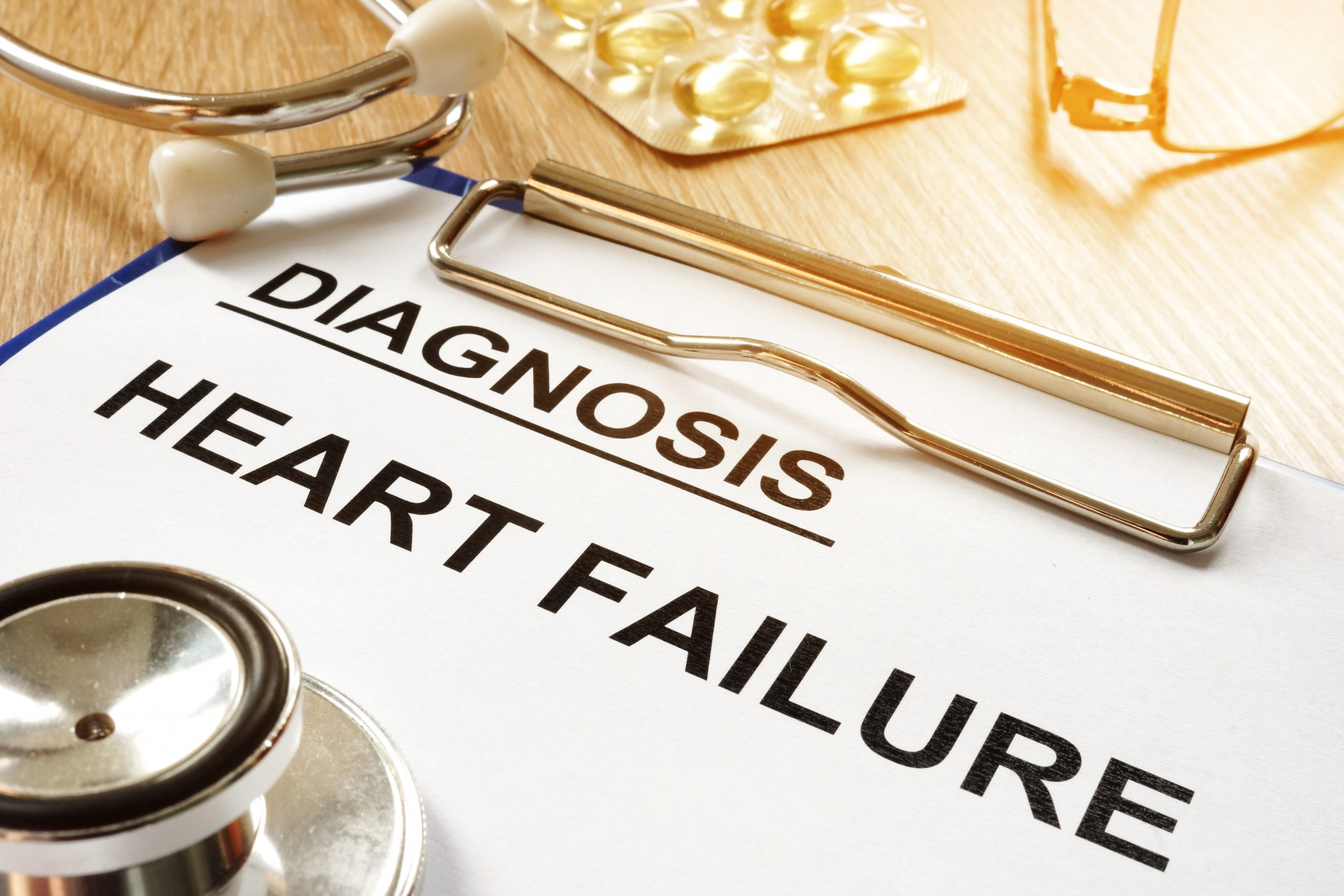Key Points:
- In patients with stable coronary artery disease and atrial fibrillation, multiple society guidelines recommend the use of monotherapy with oral anticoagulants after an early period of dual antithrombotic therapy. However, randomized trial evidence supporting this practice is limited.
- In this open-label, randomized clinical trial, 1040 patients who had chronic coronary artery disease and atrial fibrillation were randomized to receiving either standard-dose edoxaban monotherapy or standard-dose edoxaban plus a single antiplatelet agent.
- Edoxaban monotherapy was found to be superior to dual antithrombotic therapy for net clinical events of death, stroke, myocardial infarction, systemic embolization, unplanned urgent revascularization, or major or clinically relevant nonmajor bleeding at 12 months.
Many patients with stable coronary artery disease also have atrial fibrillation. The combined use of oral anticoagulation and antiplatelet agents has been shown to increase risk of bleeding. Multiple society guidelines recommend the use of monotherapy with oral anticoagulants after an early period of dual antithrombotic therapy however, there is little supporting evidence for this practice from randomized trials.
The Edoxaban versus Edoxaban with Antiplatelet Agent in Patients with Atrial Fibrillation and Chronic Stable Coronary Artery Disease (EPIC-CAD) trial was a multicenter, open-label, adjudicator-masked, randomized clinical trial performed at 18 sites in South Korea. The study randomized participants with atrial fibrillation and stable coronary artery disease to either standard-dose monotherapy with edoxaban (524 participants) or standard-dose edoxaban plus a single antiplatelet agent (516 participants). The primary outcome was net adverse clinical events (composite of efficacy and safety outcomes) which included a composite of death from any cause, myocardial infarction, stroke, systemic embolization, unplanned urgent revascularization, or major bleeding or clinically relevant nonmajor bleeding at 12 months after randomization.
The results of the trial were presented as a late breaking clinical trial at the European Society of Cardiology Congress on September 1, 2024, with a simultaneous publication in the New England Journal of Medicine. Among the 1040 participants who underwent randomization, the average age was 72 years, 23% were women, and the mean CHA2DS2-VASc score was 4.3 and the mean HAS-BLED score was 2.2. A primary-outcome event occurred in 34 patients (6.8%) in the edoxaban monotherapy arm and 79 patients (16.2%) in the dual antithrombotic arm (hazard ratio 0.44; 95% confidence interval [CI] 0.30 to 0.65, P < 0.001). The number needed to treat to avoid one primary-outcome event at 12 months with edoxaban monotherapy as compared with dual antithrombotic therapy was 10.6 (95% CI 6.1 to 15.2). The estimated cumulative incidence of major bleeding or clinically relevant nonmajor bleeding at 12 months was 4.7% in the edoxaban monotherapy group and 14.2% in the dual antithrombotic therapy group (hazard ratio, 0.34; 95% CI, 0.22 to 0.53). The incidence of ischemic events was similar between the two treatment arms.
Limitations of the trial include open-label design; underpowered to detect clinically relevant individual ischemic outcomes; powered for composite safety and efficacy outcomes, not separately; dynamic changes in CHA2DS2-VASc and HAS-BLED scores; and finally, an East Asian population which may limit its generalizability to other ethnic groups.
In the simultaneous publication, Dr. Min Soo Cho and colleagues concluded that “the current trial showed that edoxaban monotherapy was superior to dual antithrombotic therapy with respect to the cumulative incidence of net adverse clinical events at 12 months.”




